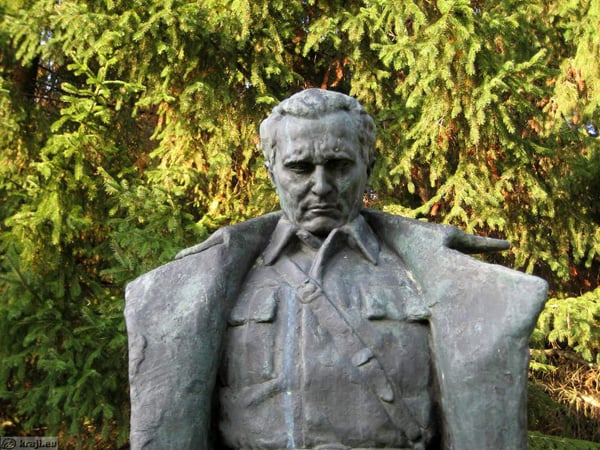
A sculpture of Josip Broz Tito by Antun Augustincic
Photo: Janez Novak via Wikimedia Commons
Newly-elected Croatian President Kolinda Grabar-Kitarovic has removed over 100 artworks linked to the former Yugoslavian dictator Josip Broz Tito from her official residence, PressTV reported.
Fulfilling a campaign pledge, the country’s first female leader gave a famous marble bust of Tito, created by the influential Croatian artist Antun Augustincic, to a museum in the Zagorje region, near the capital city of Zagreb. Other works depicting the controversial leader were distributed to various museums in the region.
The announcement has divided public opinion in Croatia. Many Croatians still view Tito as a strong, influential leader, revered for leading an uprising against the Nazis. Others however see him as a totalitarian dictator who prohibited free speech, imprisoned tens of thousands of political dissenters, and killed over half a million people.
Former Croatian President Stipe Mesic publicly criticized Gabar-Kitarovic’s decision to remove the artworks. He called it an “attempt to remove from the memory the anti-fascist fight, one of the brightest pages in Croatia’s history.”
Tito held many different positions in the Yugoslav government and military until his death in 1980. Under his leadership Yugoslavia retained its independence from the USSR and managed to unite the ethnically diverse Yugoslav federation.
Ten years after his death ethnic unrests resulted in a series of wars which led to the dissolution of Yugoslavia into six separate states: Bosnia Herzegovina, Croatia, Macedonia, Montenegro, Serbia, and Slovenia.